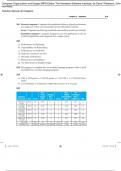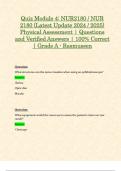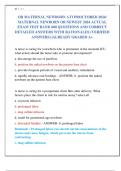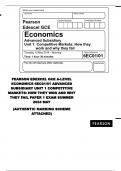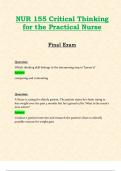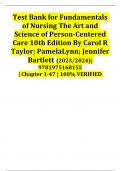Tentamen (uitwerkingen)
Solution Manual For Computer Organization and Design MIPS Edition The Hardware Software Interface 6th Edition By David Patterson, John Hennessy (All Chapters, 100% Original Verified, A+ Grade)
- Vak
- Instelling
Solution Manual For Computer Organization and Design MIPS Edition The Hardware Software Interface 6th Edition By David Patterson, John Hennessy (All Chapters, 100% Original Verified, A+ Grade) Solution Manual For Computer Organization and Design MIPS Edition The Hardware Software Interface 6th...
[Meer zien]
